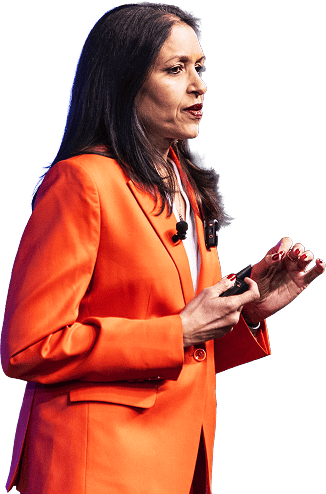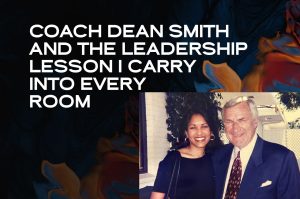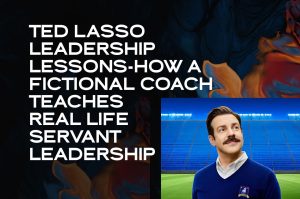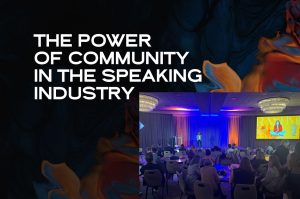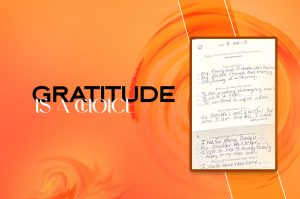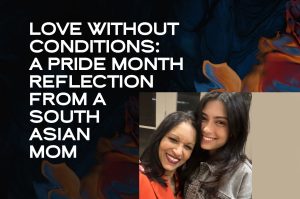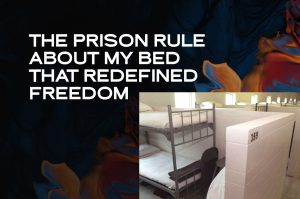
The Prisons We Carry: 10 Years Since I Surrendered
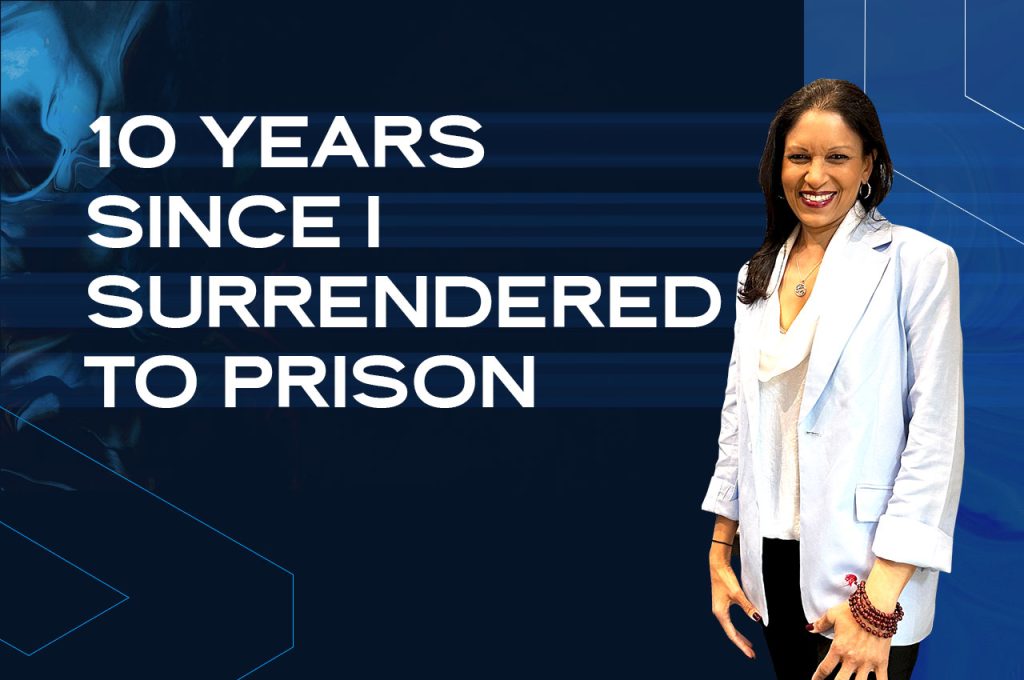
Ten years ago this past August, I surrendered to federal prison.
I remember the sound of the door closing behind me. The air was thick, heavy, and still. I remember the feeling of everything I once thought defined me slipping away. The titles. The roles. The achievements. I was a mother, a lawyer, an entrepreneur, and suddenly, none of that mattered. I was inmate number 05121-104.
That moment shattered me. But it also became the beginning of my transformation.
At first, I thought the struggle would be surviving the physical prison, the concrete walls, the routines, the isolation. What I did not realize was that I had already been living in a different kind of prison long before I ever stepped inside those gates.
The truth is, many of us carry prisons within us.
They are built from fear, shame, perfectionism, and the expectations we believe we must meet to be worthy. They are formed by cultural norms, unspoken rules, and limiting beliefs about what success and happiness should look like. They whisper that we must prove our value, stay in control, and never let anyone see us fall.
Those invisible prisons are often the hardest to escape.
Inside the physical prison, I had to confront every one of those walls. With no achievements to hide behind and no distractions to fill the silence, I faced myself for the first time. The stories I had told myself about who I needed to be began to crumble. And in that breaking, I found truth.
Over the last decade, I have been dismantling both kinds of prisons, the physical and the mental. I have learned that freedom is not about location. It is about mindset. It is about reframing how we see ourselves, surrendering what we cannot control, and allowing ourselves to evolve beyond the stories that keep us stuck.
Breaking Free From Mental Prisons
We all have our own mental prisons. For some, it is perfectionism. For others, it is the fear of failure, judgment, or rejection. The first step toward freedom is awareness. You cannot break free from what you refuse to see.
When I began to notice my own patterns, the need to overachieve, to earn approval, to control every outcome, I started to loosen their grip. Awareness created space for a new kind of freedom. From there, I could reframe my thoughts, surrender the illusion of control, and take small, intentional steps toward change.
This process is not easy. It requires honesty, vulnerability, and courage. But every time you choose to confront a fear or rewrite a story that has held you back, you are breaking another link in the chain.
Choosing to Rise
It has been ten years since that day of surrender, and I still rise through it every single day. I rise through uncertainty. I rise through the echoes of the past. I rise through the quiet moments when doubt tries to return.
Each day is a choice to live with purpose, to lead with integrity, and to walk in freedom.
My journey taught me that resilience is not about being unbreakable. It is about allowing yourself to be broken open so that something new can emerge. It is about using the lessons from struggle to lead with authenticity, empathy, and strength.
A Decade of Transformation
Ten years later, I look back with gratitude. Grateful for the pain that taught me presence. Grateful for the stillness that revealed truth. Grateful for the second chance to build a life rooted in courage and compassion.
If you are reading this and feel confined by fear, by expectations, or by the stories you have been told, know that freedom is possible. The walls are not as solid as they seem. The door is not locked.
The prisons were real. The prisons were imagined. Both had to be faced. And in choosing to rise, I found freedom.



